How To Paint Rabbit Fur
Painting Realistic Animals: 4 Key Tips for Painting Fur
By & filed under Acrylic Painting, Art Blog, Oil Painting, Watercolor Painting.
One of the most challenging things to paint, and render true to life, is texture. I have found that fur textures, whether it be long, short, fluffy, straight, are especially hard to paint realistically.
Through a mix of trial and error, research and long bouts of staring off into space, I have found a few methods and tips that work well for me and allow me to paint short fur realistically. Today, I'm going to share what I've learned with you!
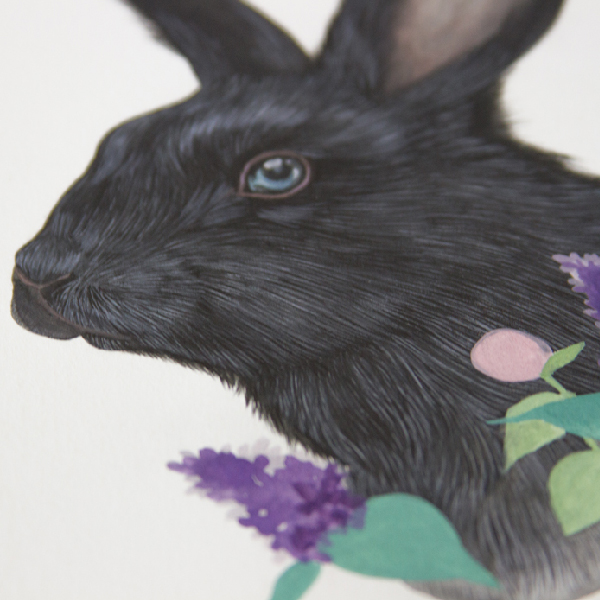
Detail of work in progress "The Black Rabbit of Inlé" by Kelly Mitchell Gazdowicz
Using the above example, I'll go over the steps I took to create the look of short, detailed fur. This is a new illustration I have been working on and while it was done in gouache, these techniques can be easily adapted to any painting medium. However, keep in mind that for the particular technique I personally used, it is important to allow the paint to dry thoroughly between each new layer of fur. If you're like me and find the thought of painting fur daunting, I find it helps to break down the process into a few easy steps.
Here are some tips for drawing fir that have helped me along the way:
Tip #1: Begin with the base.
Start with the underlying shadows first. This helps to create a solid base to build layers off of and to add depth and realism to your subject. Only go as dark as your darkest tone.
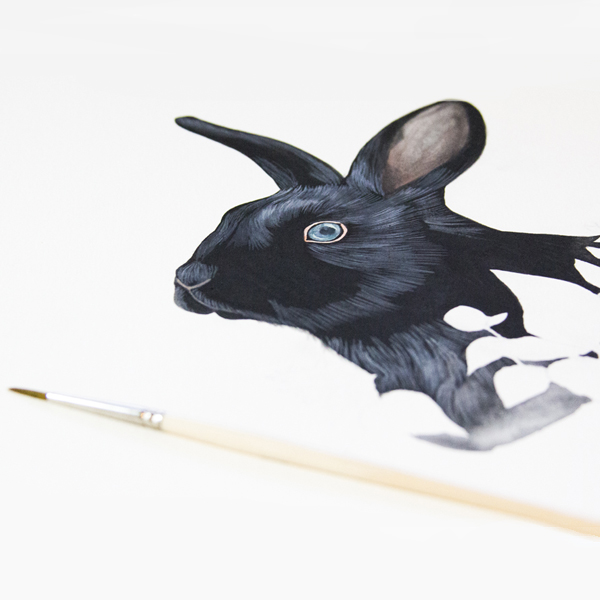
Start by creating a base and begin layering in fur.
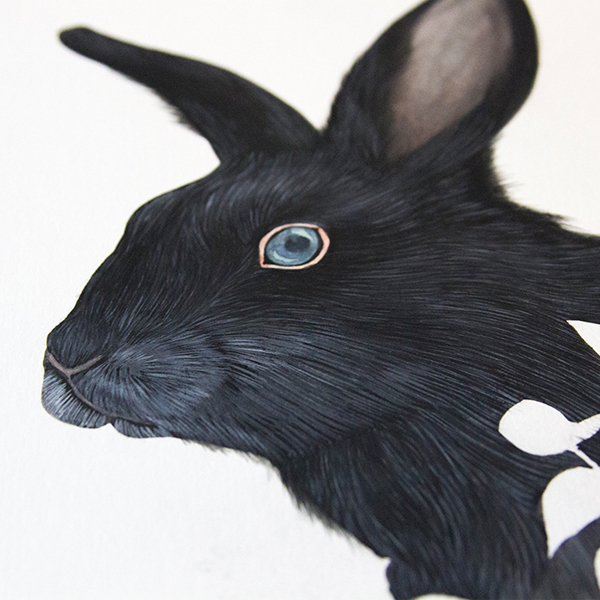
Continue layering in fur gradually working up to highlighted areas.
Tip #2: Use layering.
Begin layering the individual strands of fur over the base color, gradually lightening the tones with each new layer. The idea is to end with the lightest highlight color on the top layer. It helps to imagine each layer of fur sitting atop the next like shingles on a house, each one overlapping the other slightly.
Pay attention to your values as you paint. Areas that are more shadowed won't require as many layers. Again it is important to allow each layer of paint to dry completely before starting the next. If the paint isn't dry enough, the colors will muddy, and you will lose definition between the strands of fur.
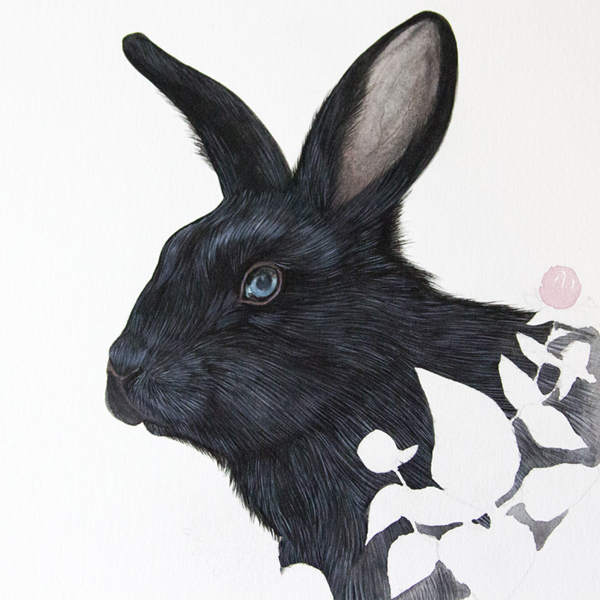
Begin to refine fur details.
Tip #3: Break it down.
Work in small sections, paying attention to the directionality of the fur. Fur doesn't only grow in one direction, especially in the areas around the face. Take note of your reference and try to work from area to area: around the muzzle, above the eye, the cheek, etc. This helps to create the shapes that make up the face and adds depth and realism to the features.
I tend to work starting with the outlying areas and gradually painting my way inward, following the direction of the fur.

Continue to refine and work in final details.
Tip #4: Refine.
Go over the piece on last time focusing on the details. Touch up your shadows and highlights subtly until it looks just right.
Painting fur can be a tricky and a hair-pulling (pun-intended) experience — in the end it can come down to your precision with the brush. This is why I find it helpful to have a scrap sheet of paper or canvas to practice on as I go. It makes for a great way to avoid mistakes.
The fluidity of the paint is important for painting something as fine as individual strands of fur. If the paint is not wet enough, you won't get proper flow. If it's too wet, the strands will lose their definition, and you risk creating puddles or blobs. Practice making long motions with the brush, starting with more pressure at the beginning of the stroke and gradually release pressure at the end of the stroke to create the tapered look of fur.
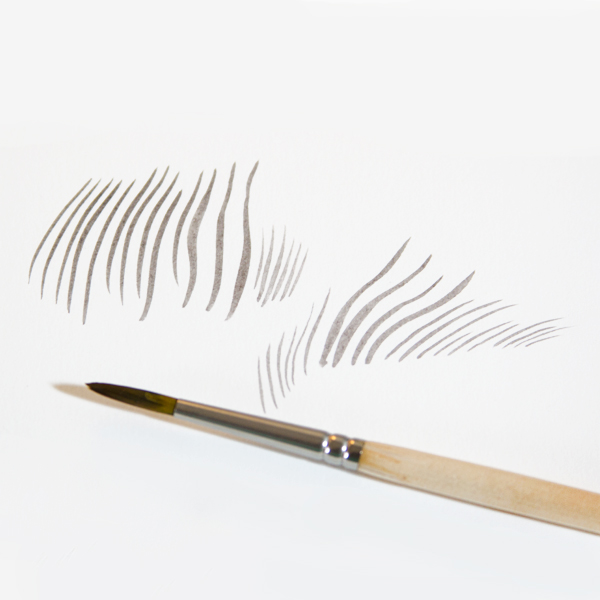
Practice makes perfect! Having an extra sheet of paper handy to practice your strokes is a handy tool.
I find that experimenting is key, as with any technique, practice really does make perfect. Remember that with art there is no wrong way. When I started painting I would avoid certain areas like fur, or hands or things that I could not paint in a way that I felt was "correct." But it was only after hours and hours of practice that I realized some of the imperfections in my work only served to give my paintings life and make them unique. Practice allows us to see the imperfections and understand how they are working to better our art.
I hope some of my tips will inspire you to create some beautiful fur textures of your own!
How To Paint Rabbit Fur
Source: https://www.craftsy.com/post/tips-for-painting-fur/
Posted by: trippentsion81.blogspot.com

0 Response to "How To Paint Rabbit Fur"
Post a Comment